Instruction
How to increase distance with core conditioning
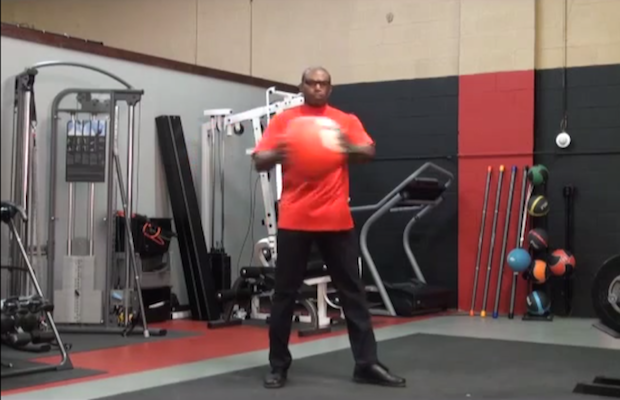
In this second installment on golf fitness, I want to discuss the importance of a golfer’s core muscles. We started out with building a strong address position by engaging the quads and hamstrings, gluteus muscles and the core and primarily the lumbar area in the last article dealing with the deadlift. Now we are going to look at the internal and external obliques (the side muscles of the abdominal) to see the importance of these muscles and how we can strengthen these muscles to create compression.
There is a common phrase among amateur golfers: “hit down on it.” We see it when the tour pros play and hear it from teaching professionals, and entire books have been written about it. But hitting down on the ball is not something that you can do if your body can’t maintain forward flexion at impact. To be able to do this movement, your core, mainly your internal and external oblique, must be strong enough to maintain not only your spine angle through the swing, but more importantly increase activation at impact to maintain forward flexion.
The core muscles refer to the midsection of the body that is commonly known the “center” or “power zone.” Through ground-based movements, the core transfers power to the extremities. It is the cornerstone for all athletic movements. When these muscles are weak, golfers will typically be presented with problems in the lower back as well as hips because of the repetitive external and internal rotation that’s involved with the golf swing. This is also the reason why most golfers will come up at impact.
The graph is the sequence of the golf swing of an actual player in motion. “1” is the address position, “2” is the top of the swing and “3” is impact. It corresponds with the photo of the golfer below.
To help validate this, I will refer to a study called “Golf Swing: Core Muscle Activation” that was compiled and printed in the Journal of Strength and Conditioning in Oct. 2013. This was an article that considered 150 articles dealing with the muscles involved in the golf swing and was reduced to 16 articles that dealt primarily with the core muscles in the different phases of the golf swing. The goal of this study was to evaluate the information and look at the different core muscles and core muscle groups and how they were used within each phase of the golf swing.
When we look at the golf swing, there are two types of swings that have occurred over time. The first is the classic swing, in which rotation of both the upper trunk and the pelvis in the backswing was utilized to increase club head speed. The second, the modern swing, emphasizes what is known as “X factor.” A golfer’s shoulders are turned away from the hips in relation to the target. It is a more powerful swing, and has pretty much replaced the “classic” swing.
The ideal kinematic sequence of an efficient downswing is initiated by the pelvis rotation followed by the upper body, arms and then the club head. Because the pelvis initiates the start of the downswing, it is important that the muscles of the pelvis are conditioned. When we look at the pelvis muscles, the internal and external oblique, transverse and rectus abdominal fall under the core muscle group.
During a golf swing, the pelvic core muscles are activated throughout the four stages of the golf swing (backswing, downswing, impact and follow-through). Of the four stages, the downswing is considered the most important component and can even predict the outcome of the swing. The primary initiator of the downswing falls within the pelvic region and they are the oblique group. The remaining muscles within the pelvic core group become supporters. Even though all of the core muscles are active during the downswing, the obliques are engaged the most within the downswing and are more active during impact than any other part of the golf swing according to studies.
The main point to bring from the study is that all the core muscles work within a synergistic fashion that helps to maintain spine angle throughout the four stages of the golf swing. They also bridge the power from the pelvis to the upper torso and then back to impact which is critical for compression which leads to distance.
Here are a couple of exercises that I would suggest a golfer should incorporate in their golf fitness programs.
[youtube id=”oVExA84pDzs” width=”620″ height=”360″]
Rotational exercises within a vertical plane utilizing medicine balls, Activmotion bar, core bars or resistance bands. These exercises will engage the core muscles from the pelvis through the upper body, as well as create a stretch reflex that will enhance a golfers “X factor.”
A second version of this exercise would be a step-rotation exercise. This will also engage the same muscle groups as mentioned earlier, but would also enhances a proper kinematic sequence of the downswing starting with the lower body, upper body and then arms.
These exercises should also be done in golf posture as well because they are more specific to engaging the proper muscle groups within the golf swing.
Instruction
The Wedge Guy: Beating the yips into submission
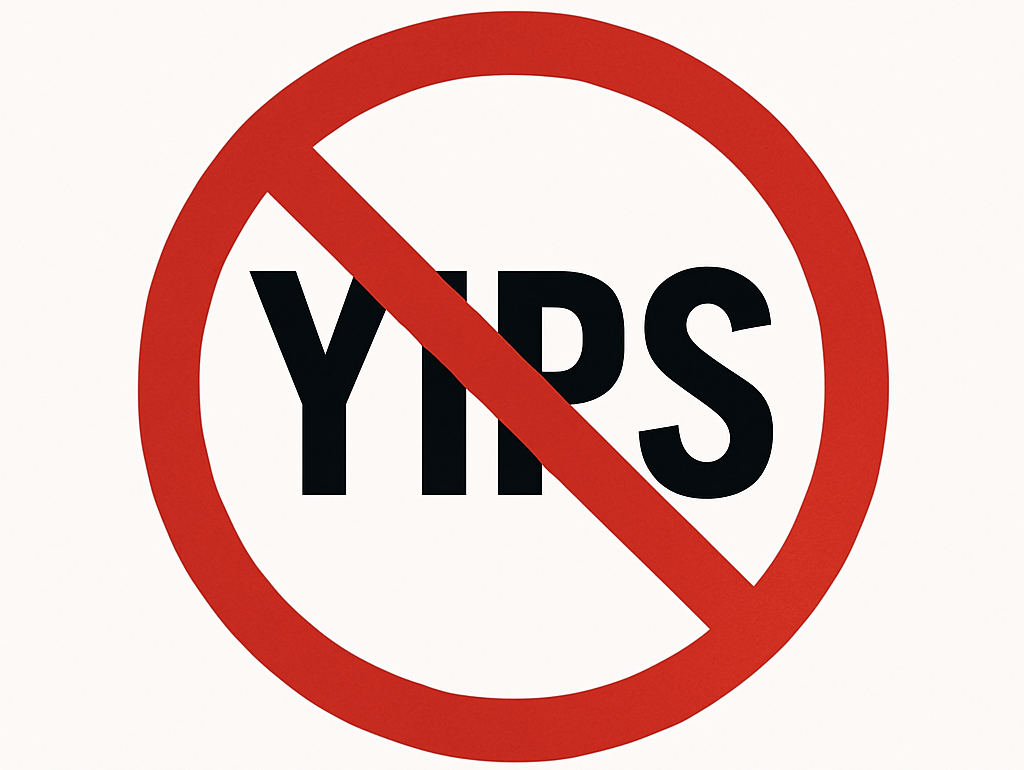
There may be no more painful affliction in golf than the “yips” – those uncontrollable and maddening little nervous twitches that prevent you from making a decent stroke on short putts. If you’ve never had them, consider yourself very fortunate (or possibly just very young). But I can assure you that when your most treacherous and feared golf shot is not the 195 yard approach over water with a quartering headwind…not the extra tight fairway with water left and sand right…not the soft bunker shot to a downhill pin with water on the other side…No, when your most feared shot is the remaining 2- 4-foot putt after hitting a great approach, recovery or lag putt, it makes the game almost painful.
And I’ve been fighting the yips (again) for a while now. It’s a recurring nightmare that has haunted me most of my adult life. I even had the yips when I was in my 20s, but I’ve beat them into submission off and on most of my adult life. But just recently, that nasty virus came to life once again. My lag putting has been very good, but when I get over one of those “you should make this” length putts, the entire nervous system seems to go haywire. I make great practice strokes, and then the most pitiful short-stroke or jab at the ball you can imagine. Sheesh.
But I’m a traditionalist, and do not look toward the long putter, belly putter, cross-hand, claw or other variation as the solution. My approach is to beat those damn yips into submission some other way. Here’s what I’m doing that is working pretty well, and I offer it to all of you who might have a similar affliction on the greens.
When you are over a short putt, forget the practice strokes…you want your natural eye-hand coordination to be unhindered by mechanics. Address your putt and take a good look at the hole, and back to the putter to ensure good alignment. Lighten your right hand grip on the putter and make sure that only the fingertips are in contact with the grip, to prevent you from getting to tight.
Then, take a long, long look at the hole to fill your entire mind and senses with the target. When you bring your head/eyes back to the ball, try to make a smooth, immediate move right into your backstroke — not even a second pause — and then let your hands and putter track right back together right back to where you were looking — the HOLE! Seeing the putter make contact with the ball, preferably even the forward edge of the ball – the side near the hole.
For me, this is working, but I am asking all of you to chime in with your own “home remedies” for the most aggravating and senseless of all golf maladies. It never hurts to have more to fall back on!
Instruction
Looking for a good golf instructor? Use this checklist
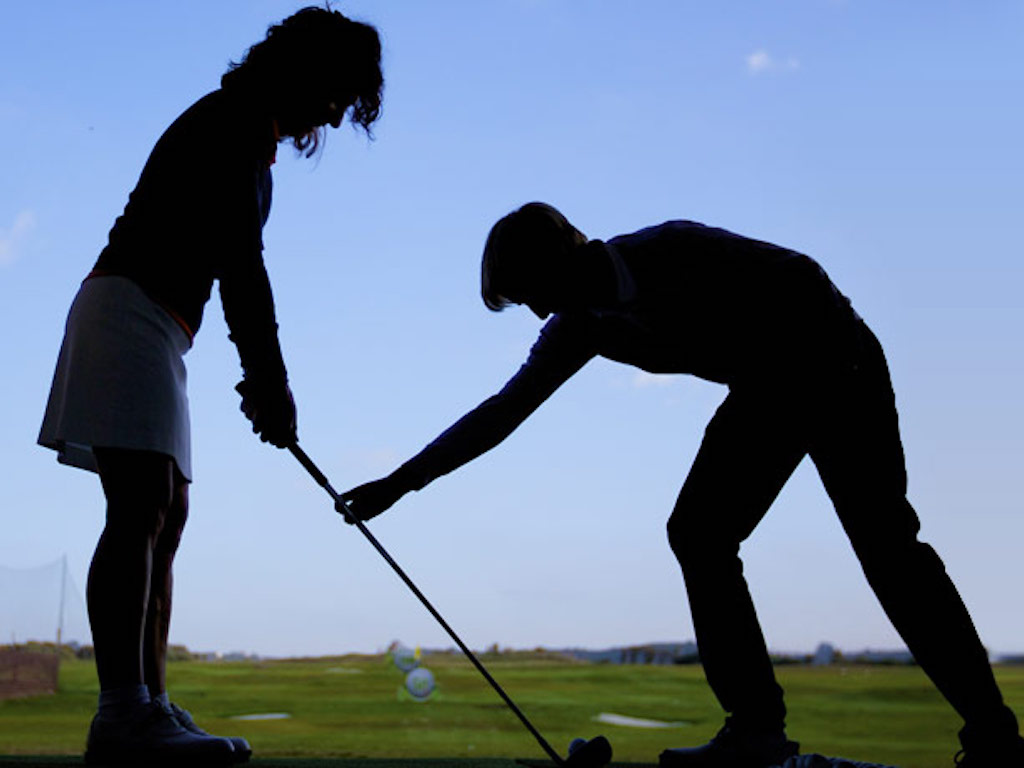
Over the last couple of decades, golf has become much more science-based. We measure swing speed, smash factor, angle of attack, strokes gained, and many other metrics that can really help golfers improve. But I often wonder if the advancement of golf’s “hard” sciences comes at the expense of the “soft” sciences.
Take, for example, golf instruction. Good golf instruction requires understanding swing mechanics and ball flight. But let’s take that as a given for PGA instructors. The other factors that make an instructor effective can be evaluated by social science, rather than launch monitors.
If you are a recreational golfer looking for a golf instructor, here are my top three points to consider.
1. Cultural mindset
What is “cultural mindset? To social scientists, it means whether a culture of genius or a culture of learning exists. In a golf instruction context, that may mean whether the teacher communicates a message that golf ability is something innate (you either have it or you don’t), or whether golf ability is something that can be learned. You want the latter!
It may sound obvious to suggest that you find a golf instructor who thinks you can improve, but my research suggests that it isn’t a given. In a large sample study of golf instructors, I found that when it came to recreational golfers, there was a wide range of belief systems. Some instructors strongly believed recreational golfers could improve through lessons. while others strongly believed they could not. And those beliefs manifested in the instructor’s feedback given to a student and the culture created for players.
2. Coping and self-modeling can beat role-modeling
Swing analysis technology is often preloaded with swings of PGA and LPGA Tour players. The swings of elite players are intended to be used for comparative purposes with golfers taking lessons. What social science tells us is that for novice and non-expert golfers, comparing swings to tour professionals can have the opposite effect of that intended. If you fit into the novice or non-expert category of golfer, you will learn more and be more motivated to change if you see yourself making a ‘better’ swing (self-modeling) or seeing your swing compared to a similar other (a coping model). Stay away from instructors who want to compare your swing with that of a tour player.
3. Learning theory basics
It is not a sexy selling point, but learning is a process, and that process is incremental – particularly for recreational adult players. Social science helps us understand this element of golf instruction. A good instructor will take learning slowly. He or she will give you just about enough information that challenges you, but is still manageable. The artful instructor will take time to decide what that one or two learning points are before jumping in to make full-scale swing changes. If the instructor moves too fast, you will probably leave the lesson with an arm’s length of swing thoughts and not really know which to focus on.
As an instructor, I develop a priority list of changes I want to make in a player’s technique. We then patiently and gradually work through that list. Beware of instructors who give you more than you can chew.
So if you are in the market for golf instruction, I encourage you to look beyond the X’s and O’s to find the right match!
Instruction
What Lottie Woad’s stunning debut win teaches every golfer
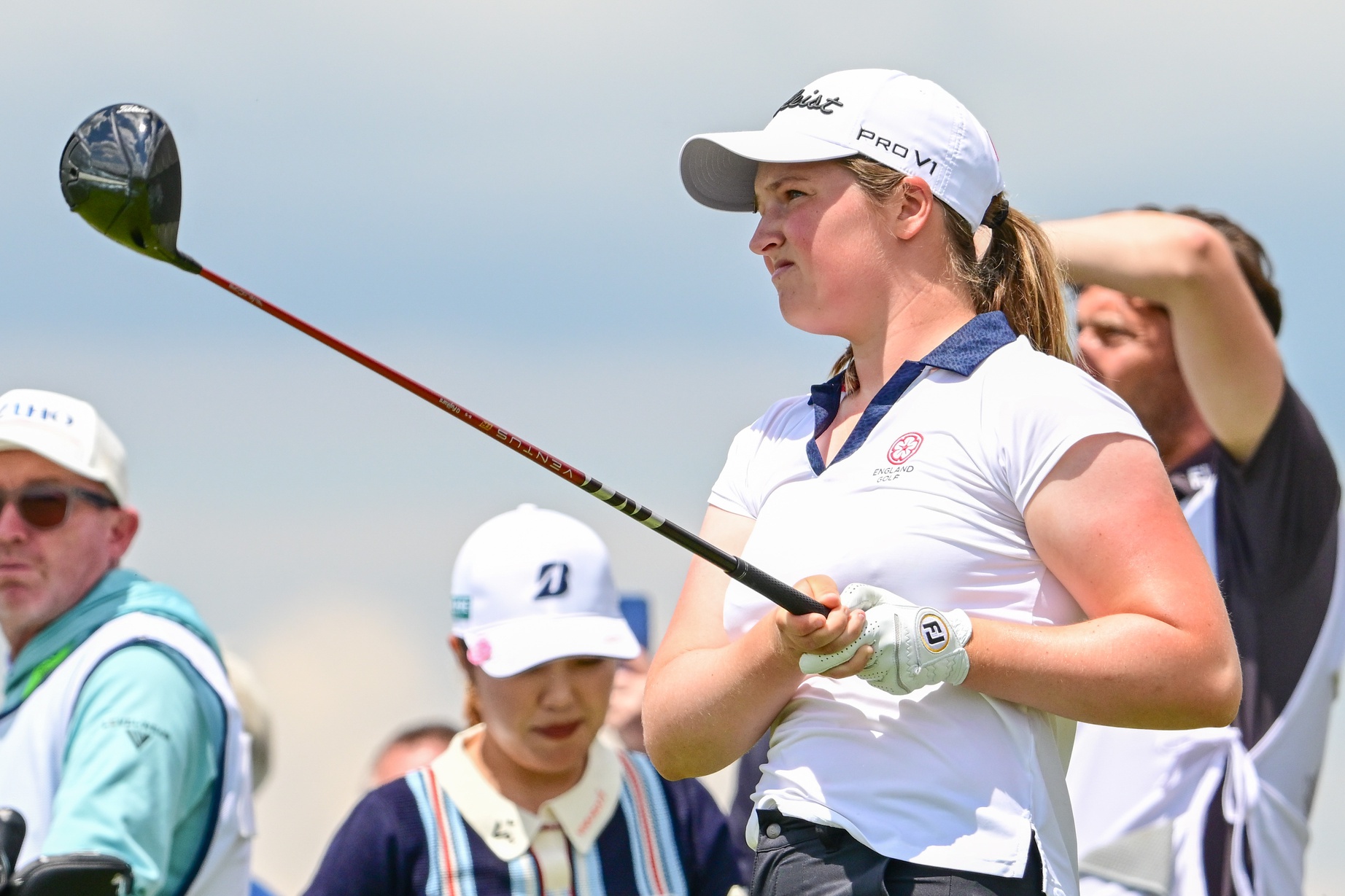
Most pros take months, even years, to win their first tournament. Lottie Woad needed exactly four days.
The 21-year-old from Surrey shot 21-under 267 at Dundonald Links to win the ISPS Handa Women’s Scottish Open by three shots — in her very first event as a professional. She’s only the third player in LPGA history to accomplish this feat, joining Rose Zhang (2023) and Beverly Hanson (1951).
But here’s what caught my attention as a coach: Woad didn’t win through miraculous putting or bombing 300-yard drives. She won through relentless precision and unshakeable composure. After watching her performance unfold, I’m convinced every golfer — from weekend warriors to scratch players — can steal pages from her playbook.
Precision Beats Power (And It’s Not Even Close)
Forget the driving contests. Woad proved that finding greens matters more than finding distance.
What Woad did:
• Hit it straight, hit it solid, give yourself chances
• Aimed for the fat parts of greens instead of chasing pins
• Let her putting do the talking after hitting safe targets
• As she said, “Everyone was chasing me today, and managed to maintain the lead and played really nicely down the stretch and hit a lot of good shots”
Why most golfers mess this up:
• They see a pin tucked behind a bunker and grab one more club to “go right at it”
• Distance becomes more important than accuracy
• They try to be heroic instead of smart
ACTION ITEM: For your next 10 rounds, aim for the center of every green regardless of pin position. Track your greens in regulation and watch your scores drop before your swing changes.
The Putter That Stayed Cool Under Fire
Woad started the final round two shots clear and immediately applied pressure with birdies at the 2nd and 3rd holes. When South Korea’s Hyo Joo Kim mounted a charge and reached 20-under with a birdie at the 14th, Woad didn’t panic.
How she responded to pressure:
• Fired back with consecutive birdies at the 13th and 14th
• Watched Kim stumble with back-to-back bogeys
• Capped it with her fifth birdie of the day at the par-5 18th
• Stayed patient when others pressed, pressed when others cracked
What amateurs do wrong:
• Get conservative when they should be aggressive
• Try to force magic when steady play would win
• Panic when someone else makes a move
ACTION ITEM: Practice your 3-6 foot putts for 15 minutes after every range session. Woad’s putting wasn’t spectacular—it was reliable. Make the putts you should make.
Course Management 101: Play Your Game, Not the Course’s Game
Woad admitted she couldn’t see many scoreboards during the final round, but it didn’t matter. She stuck to her game plan regardless of what others were doing.
Her mental approach:
• Focused on her process, not the competition
• Drew on past pressure situations (Augusta National Women’s Amateur win)
• As she said, “That was the biggest tournament I played in at the time and was kind of my big win. So definitely felt the pressure of it more there, and I felt like all those experiences helped me with this”
Her physical execution:
• 270-yard drives (nothing flashy)
• Methodical iron play
• Steady putting
• Everything effective, nothing spectacular
ACTION ITEM: Create a yardage book for your home course. Know your distances to every pin, every hazard, every landing area. Stick to your plan no matter what your playing partners are doing.
Mental Toughness Isn’t Born, It’s Built
The most impressive part of Woad’s win? She genuinely didn’t expect it: “I definitely wasn’t expecting to win my first event as a pro, but I knew I was playing well, and I was hoping to contend.”
Her winning mindset:
• Didn’t put winning pressure on herself
• Focused on playing well and contending
• Made winning a byproduct of a good process
• Built confidence through recent experiences:
- Won the Women’s Irish Open as an amateur
- Missed a playoff by one shot at the Evian Championship
- Each experience prepared her for the next
What this means for you:
• Stop trying to shoot career rounds every time you tee up
• Focus on executing your pre-shot routine
• Commit to every shot
• Stay present in the moment
ACTION ITEM: Before each round, set process goals instead of score goals. Example: “I will take three practice swings before every shot” or “I will pick a specific target for every shot.” Let your score be the result, not the focus.
The Real Lesson
Woad collected $300,000 for her first professional victory, but the real prize was proving that fundamentals still work at golf’s highest level. She didn’t reinvent the game — she simply executed the basics better than everyone else that week.
The fundamentals that won:
• Hit more fairways
• Find more greens
• Make the putts you should make
• Stay patient under pressure
That’s something every golfer can do, regardless of handicap. Lottie Woad just showed us it’s still the winning formula.
FINAL ACTION ITEM: Pick one of the four action items above and commit to it for the next month. Master one fundamental before moving to the next. That’s how champions are built.
PGA Professional Brendon Elliott is an award-winning coach and golf writer. You can check out his writing work and learn more about him by visiting BEAGOLFER.golf and OneMoreRollGolf.com. Also, check out “The Starter” on RG.org each Monday.
Editor’s note: Brendon shares his nearly 30 years of experience in the game with GolfWRX readers through his ongoing tip series. He looks forward to providing valuable insights and advice to help golfers improve their game. Stay tuned for more Tips!




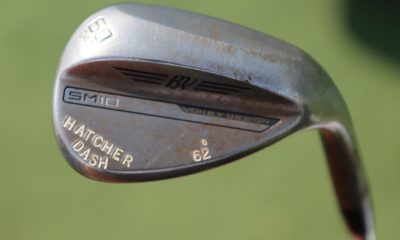

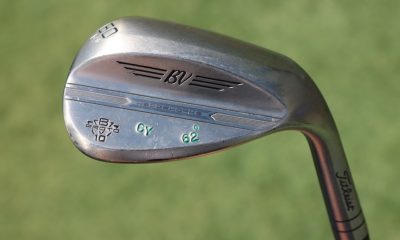



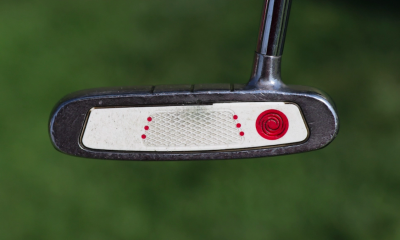

Pingback: Strengthen your core and increase your distance from GolfWRX - Golf Slot Machine
??????????
Aug 22, 2014 at 2:20 am
The Ten MostLoonie bag Tips… And How To Utilize them!!
Todd white
May 20, 2014 at 11:44 am
This is a great article. Conceptually, I can see exactly what I should be focussing on when I line up on the ball
and how my swing should feel when connect all with the ball. Great article!
Pingback: Strengthen your core and increase your distance from GolfWRX
Nick Randall
May 3, 2014 at 3:34 pm
Hi Dave,
Congrats on a nice article, I really like the fact that you have drawn on research to support your recommendations. For more there is no doubting that the core muscles and especially the obliques are an essential focus for strengthening exercises.
I wonder if there might be a more effective way of training them for the golf swing than that low load cable exercises such as those demonstrated in the video. I feel as though a more effective approach might be to use faster and more reactive movements and anti rotational and extension exercises (bracing).
Loaded rotational movements that attempt to replicate the golf action feel like they could actually have a detrimental effect on the sequencing of the golf swing rather a positive one?
Do you know of any research that looks uses a core training intervention and measures segmental speed during the golf swing? Either way I would love to hear your thoughts on the matter.
thanks
Nick
dave
May 3, 2014 at 4:52 pm
Hey Nick, you are correct with the suggestion of using faster and more reactive movements and anti rotational and extension. I use a great product called Activmotion Bar in my training that provides this form of training. Check it out at Activmotionbar.com. This product is amazing. I have tested it out with my K-vest (caputures rotational speed) with several clients from 20 handicap to +2. The result are amazing. Also, by loading the upper body, the proper sequence of lower body, upper body and arms are reinforced. To enforce the sequence, I will have the client step first (as demonstrated in video) then rotate with the load.
Thanks for you suggestions. They are spot on.
Jeff Nelson
May 1, 2014 at 8:38 pm
Hey, I remember those moves. Great article Dave. I went to see Dave last August with crippling back spasms. In just a few short weeks Dave got my body in golf shape. The only problem I have is, now all my irons are going 15 yards longer than before. Thanks Dave, I’m hit’em hard and straight and no more spasms.
dave
May 3, 2014 at 4:55 pm
Great job Jeff. I’m glad to see all of the work we did is paying off. Most importantly, no spasms. Keep hitting them long and straight.
Donna
May 1, 2014 at 6:50 am
Great article and very informative. I will add these exercises to my golf fitness program. The question that I have is should I incorporate this type of exercises as a warm up prior to playing or practicing?
Marshall
Apr 30, 2014 at 5:34 pm
This is some really great information. Keep this guy writing for golfWRX. He knows his stuff.
dana greer
Apr 30, 2014 at 5:28 pm
Great article! I am going to definitely incorporated some of these exercises in my exercise routine.
Bret
Apr 29, 2014 at 11:26 pm
Excellent advice! Core conditioning will keep me prepared for all sports. I have the activemotion bar. Easy to use, great results. Thanks for the tips.
Pingback: Strengthen your core and get more distance golfing - West End Chiropractic and Wellness Blog | West End Chiropractic and Wellness Blog
Mbwa Kali Sana
Apr 28, 2014 at 11:06 am
Oblique abdominals CAN be developed through the following drill:sit sideaways ,leaning on your elbow :raise both legs at right Angles to the body :stretch the legs upwards :hold 25 seconds .REPEAT 15 Times both sides .
To make the drill More difficult ,strap ankle Weight bracelets to both legs ,the Heavier you CAN sustain !
Very effective indeed !
Joe
Apr 28, 2014 at 9:55 am
Great article Dave. Exemplifies all the stuff we work on in the gym.
Lew
Apr 27, 2014 at 2:05 pm
Very informative article! I am a very technical person and like to understand the science behind my workouts. I have had plenty of people assign me exercises but not tell me how this will develop my game. I enjoy how Dave broke down each component, I need more articles like this…Thanks!
J Evans
Apr 26, 2014 at 3:53 pm
Another article full of information that I will incorporate into my workout regimen. I didn’t realize the value of striong obliques in helping to stay in posture during the downswing! I suffer from coming up during the downswing at times, so this is a timely article for me as the season begins, thanks!
Kevin
Apr 26, 2014 at 10:18 am
Dave, your article is eye opening. I think you are absolutely correct and I like the training video insert in the article. This is a very professional write up, most impressive!
Jeff
Apr 26, 2014 at 8:33 am
Thanks Dave for the great tips. A novice like me appreciates any help that will improve my game ( and physique)????. I will add your exercises to my workout. Looking forward to next installment.
malcolm
Apr 25, 2014 at 8:54 pm
Great article Dave. The importance of the kinematic sequence cannot be overemphasized. Looking forward to reading more.
Also I love my ActiveMotionBar. Excited to get to the course soon with my stronger core.
BJ Grier
Apr 25, 2014 at 9:35 pm
Wow! Great article Dave. I never thought about strengthening your body to tighten up golf game. I will now!!
Malcolm
Apr 25, 2014 at 8:52 pm
Great article Dave. The importance of the kinematic sequence cannot be overemphasized. Looking forward to reading more.
Also I love my ActiveMotionBar. Excited to get to the course soon and see my stronger core.
Dorcas Patterson
Apr 25, 2014 at 8:01 pm
Awesome article with innovative exercises for the golf swing. Good stuff – looking forward to the next one…
Michael
Apr 25, 2014 at 7:54 pm
Hey Dave, really enjoy your article and video on GolfWRX, I could agree with you more that the core is the key to consistent golf swing. I will be adding the core workout to my daily workout routine. And I look forward to more of your articles and videos on GolfWRX.
Bigcat
Derrick
Apr 25, 2014 at 7:06 pm
Dave these are great…the best part is it works. Remember the time I out Drove you by 40 yards? It was due to these secrets you just shared with everyone else. Keep them coming.
Rudy
Apr 25, 2014 at 6:07 pm
Right on Dave….making the essential connection of proper muscle use to a repeating swing is an elusive concept. Most of us are not aware of it, so we don’t pursue the physical effort…Rudy
Tom Leger
Apr 25, 2014 at 5:46 pm
Great article Dave. Your knowledge of golf fitness is exceptional.
Cal
Apr 25, 2014 at 5:18 pm
Very informative, looking forward to more of these posts on fitness.
Darrell Burks
Apr 25, 2014 at 5:00 pm
Great information
I will incorporate these exercises into my
Routine.
Thanks
Jim Eathorne
Apr 25, 2014 at 3:05 pm
Great article Dave, and to any Metro Detroit area golfers looking for a golf fitness expert Dave Davis is the guy to see. I have spent the better part of the previous two years working with Dave two – three days per week and have been quite pleased by increases in leg, and core strength as well as flexibility. Not only does Dave really understand fitness but as a passonite golfer brings much more to the table than most of his counterparts. Dave is a very professional trainer!
Clemson Sucks
Apr 25, 2014 at 12:02 pm
Keep these types of articles coming!
Dr. D
Apr 25, 2014 at 1:45 pm
I have done all of these exercises, but have never heard of the activmotion bar. Really good stuff. Great article!
Clemson Sucks
Apr 25, 2014 at 8:04 pm
I have too. I exercise 4-5 times a week, eat healthy and have seen major improvements in my game.
dave
Apr 27, 2014 at 2:56 pm
Dr D, the Activmotion Bar is a great tool to use to strengthen, lengthening and conditioning the core muscle.a great tool to have in you golf fitness arsenal